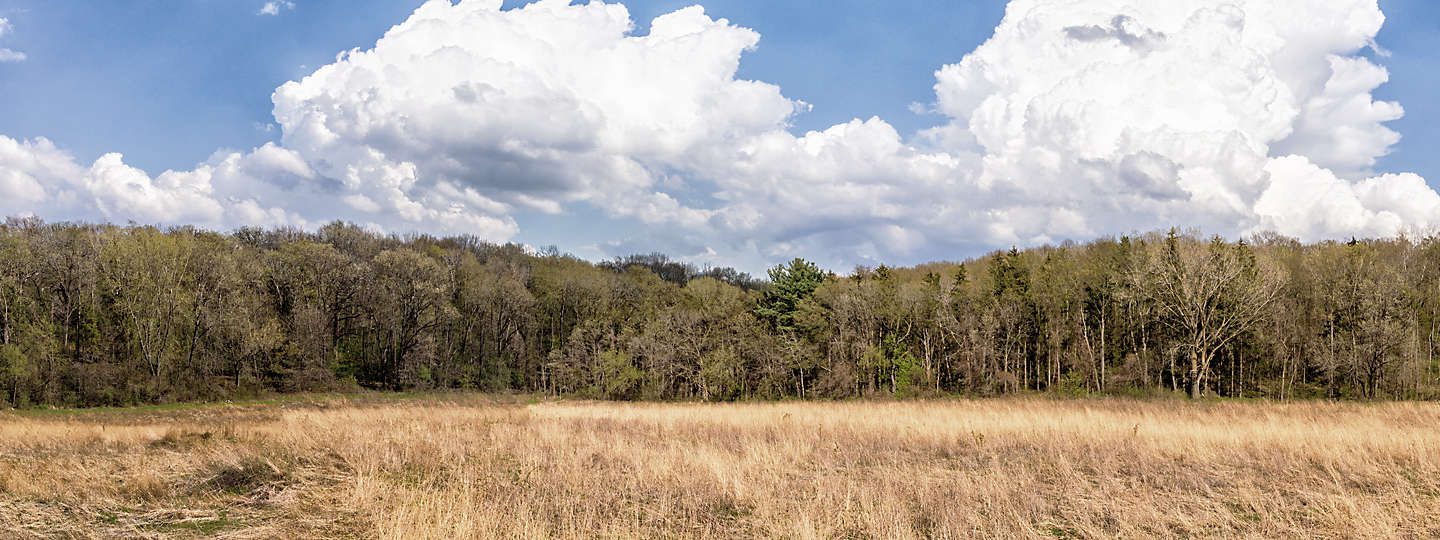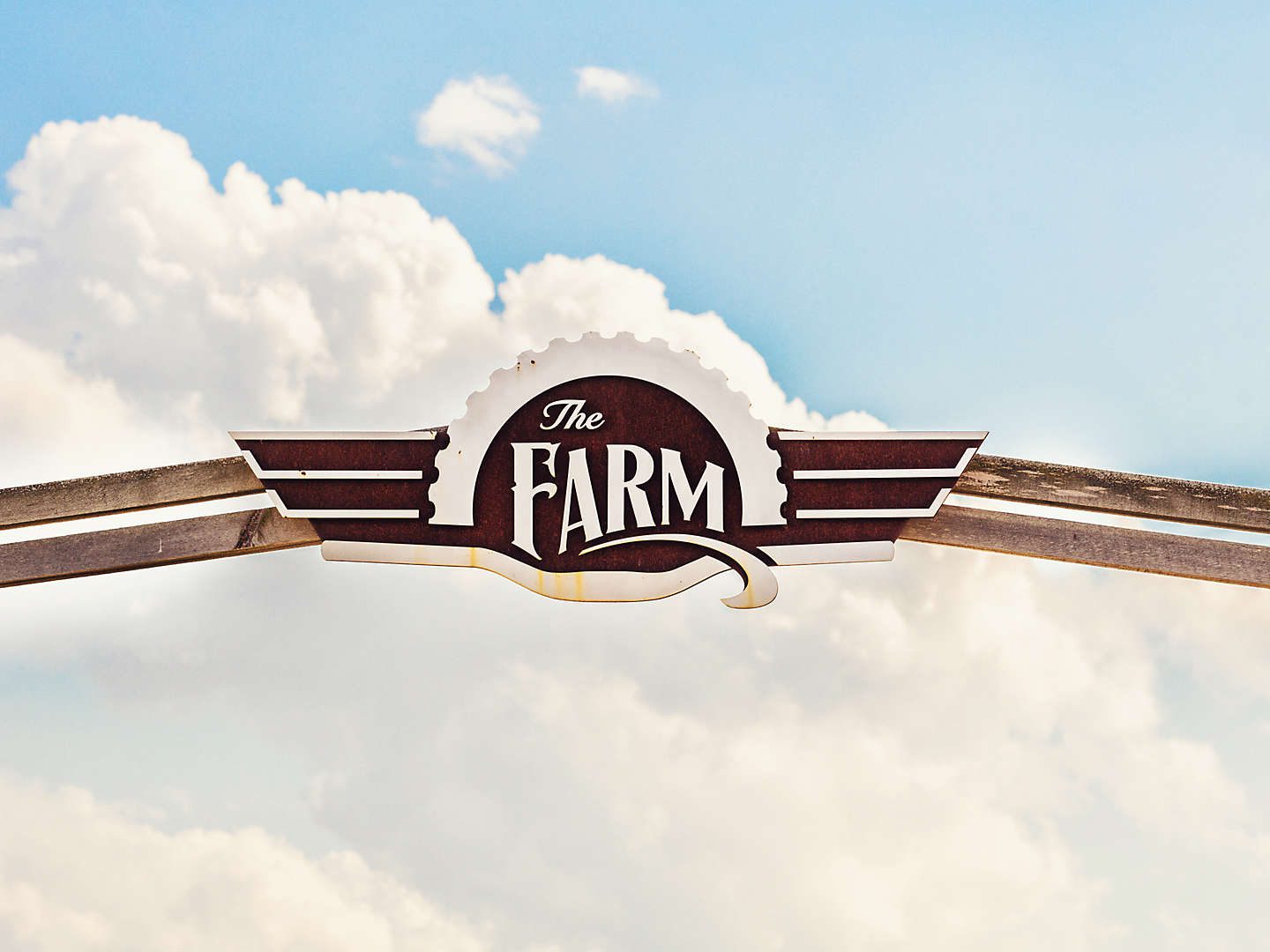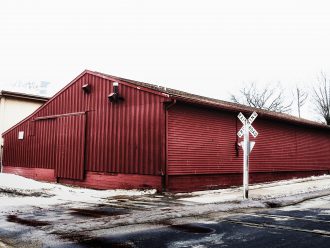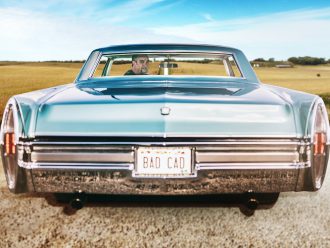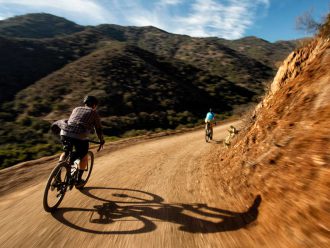The world’s best mountain bikes are tested exhaustively – not just in the most extreme locations in the world, but also on our grounds, on a private 16-mile network of singletrack called The Farm. Today, a thriving prairie of native oak savannah surrounds The Farm. But this wasn’t always the case. Returning the once-farmed land to its natural state was a project founded on balance, where restoration was equally as important as recreation.
At a private location not far from Trek’s headquarters, a small gravel drive bisects a farm field. At its mouth, a modern ranch gate juts stalwartly into the blue Wisconsin sky. From here, the yellow road dips under a heavy-timber railway trellis, then opens to a 236-acre prairie enclosed by a border of thick oak and pine woodland.
For ages, a local family farmed this land. But despite their efforts, the soil never suited agriculture, and, in the end, the harvest never seemed worth the effort. In its native state, however, the land was an oak savannah with rippling big blue stem and Indian grass. Before the farming, herds of white-tailed deer high-stepped through the tall grass, and red-tailed hawks lifted from the scattered burr and black oak, dragging their tethered shadows through the wild flowers, searching for the panicked scramble of a field mouse.
Eventually, the family conceded the sandy, rocky soil. They stopped their farming efforts and struck a deal with the bike manufacturers up the road who were looking for a place where employees could test their new mountain bike models. The family was happy to let Trek build trails under one condition: For two weeks a year, during turkey and deer season, the trails would close and the land would be free of cyclists. Good deal.
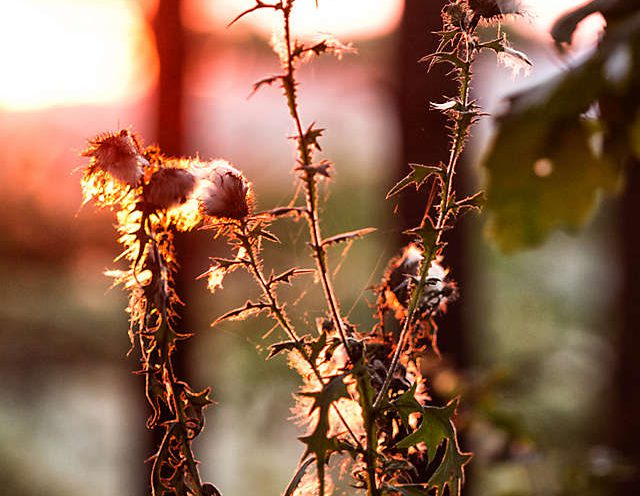
The prairie, even then in its depleted state, was beautiful, though in a way that most Midwestern farmland is geometrically beautiful. But despite whatever balance was suggested by the remnants of the evenly ploughed furrows, the land was out of sync.
And so when Trek set out to build a local mountain bike testing ground, the trail architects envisioned the land in its native state. Restoration, they decided, would be just as important as recreation, and the two seemingly divergent endeavours would come together in a symbiotic relationship.
To begin nurturing the prairie back to a healthy state, Trek enlisted the help of EC3 Environmental Consulting Group Inc. and the Aldo Leopold Nature Centre. We seeded over thirty different varieties of native grasses and wild-flowers and reintroduced thousands of native trees. The land’s varied topography called for varied seeding, so that the prairie and woodlands could both thrive within one border. In winter, deer tracks carve winding paths beneath the snow-covered white oak and pine. In spring, the prairie bursts with black-eyed Susans, wild white indigo, ox-eye sunflower and wild bergamot.
The Farm was a project founded on balance. To consider the trails without considering the prairie and woodland restorations, or to consider the restorations without the trails, would be to register only half the intent. The goal had always been for this land to be as self-sustaining as possible, and restoration was the only way that this could be achieved—it reduces run-off, provides a safe and healthy habitat for the native wildlife and creates a setting that makes you wonder how you ever got along without it.
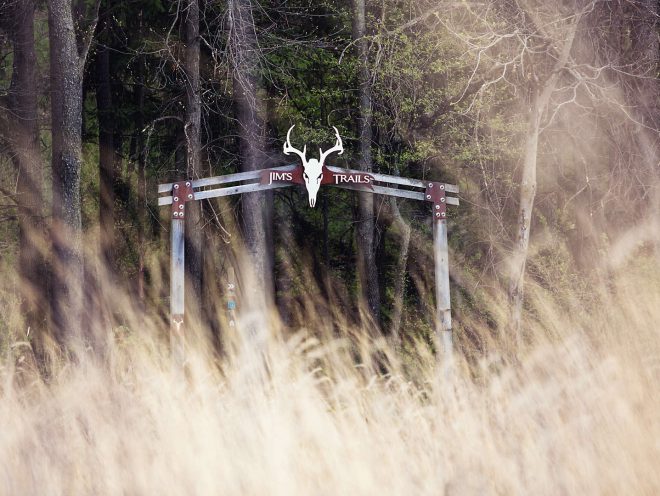
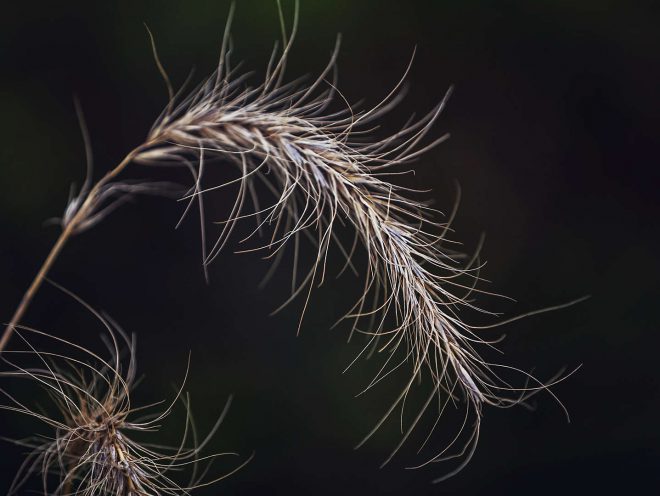
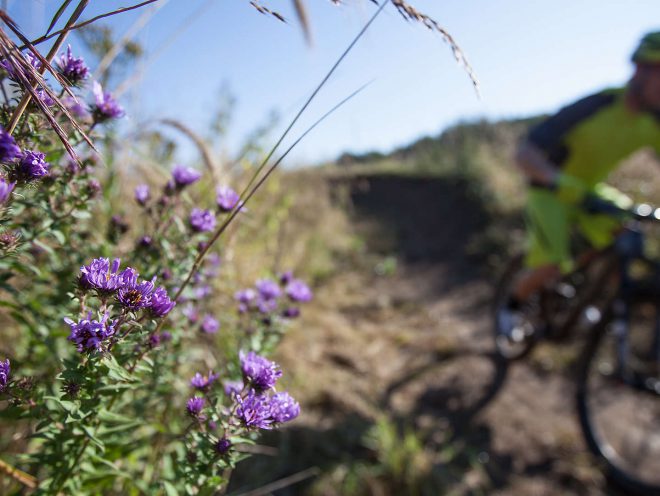
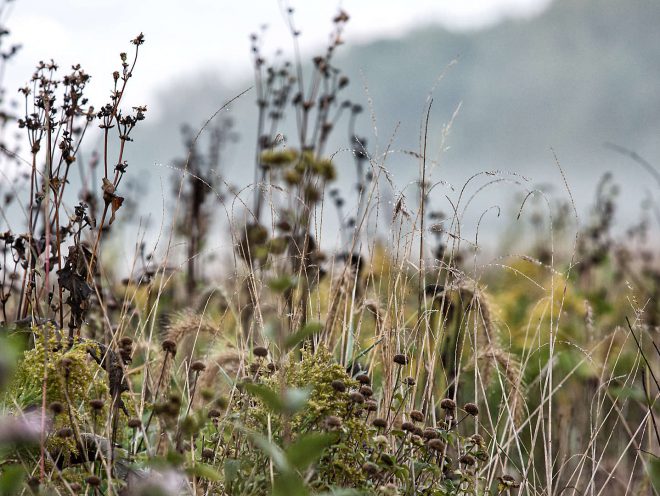
By design, The Farm is as much a sanctuary for the land as it is for the employees who test bikes there. We wanted to provide the land and its wildlife with the best opportunity to be happy and healthy, and that’s exactly what we wanted for our employees as well. We give to the land, and the land gives back.
Here, we realise that our harvest will not be measured by bale or by shock. We seek, instead, to cultivate a community that suits the land just as well as it suits us—and even though our efforts might not be achieved tomorrow, we’re on our way to balancing everything out.
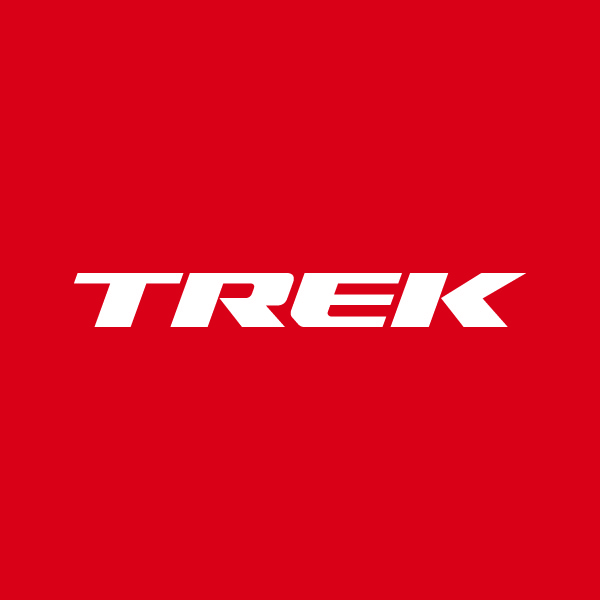
About the Author: Trek
Our mission: we build only products we love, provide incredible hospitality to our customers, and change the world by getting more people on bikes.

